Children are the group most likely to be victimized yet least likely to report the crimes against them. Because of their unique vulnerability, an elaborate set of protections tries to secure their safety at home, in school, and in the community, yet they often experience further trauma inside the very criminal justice system designed to punish those who harm them.
Such a system can leave child victims without emotional healing and a sense of justice because it does not consider the full scope of their wishes, interests, and rights. This failure can be attributed to the system’s tendency to view children as objects of protection instead of legitimate rights holders.
Here, using a nuanced, multi dimensional theory of children’s interrelated rights and needs vis a vis victimization, Tali Gal presents an innovative restorative justice model for repairing harms and rebuilding relationships in the wake of crimes against children. It validates empirically documented children’s needs such as telling their stories, asking questions, and a sense of autonomy and control over the proceedings and holds their associated and often overlooked rights such as rehabilitation and their overarching best interests paramount.
The rich theoretical underpinnings of the book are vividly illustrated by examples of successful restorative justice programs involving children (including the highly controversial inclusion of child victims of sexual assault). In addition, a set of eight heuristics provides a convenient reference for restorative justice programs to ensure that they safeguard the full range of child victims’ needs and rights at all times.


![Specialty Competencies in Clinical Psychology [Paperback]](https://booksandbook.com/wp-content/uploads/2023/11/Specialty-Competencies-in-Clinical-Psychology-Paperback-600x600.png)
![Action Meets Word: How Children Learn Verbs [Paperback]](https://booksandbook.com/wp-content/uploads/2023/11/Action-Meets-Word-How-Children-Learn-Verbs-Paperback-600x600.png)
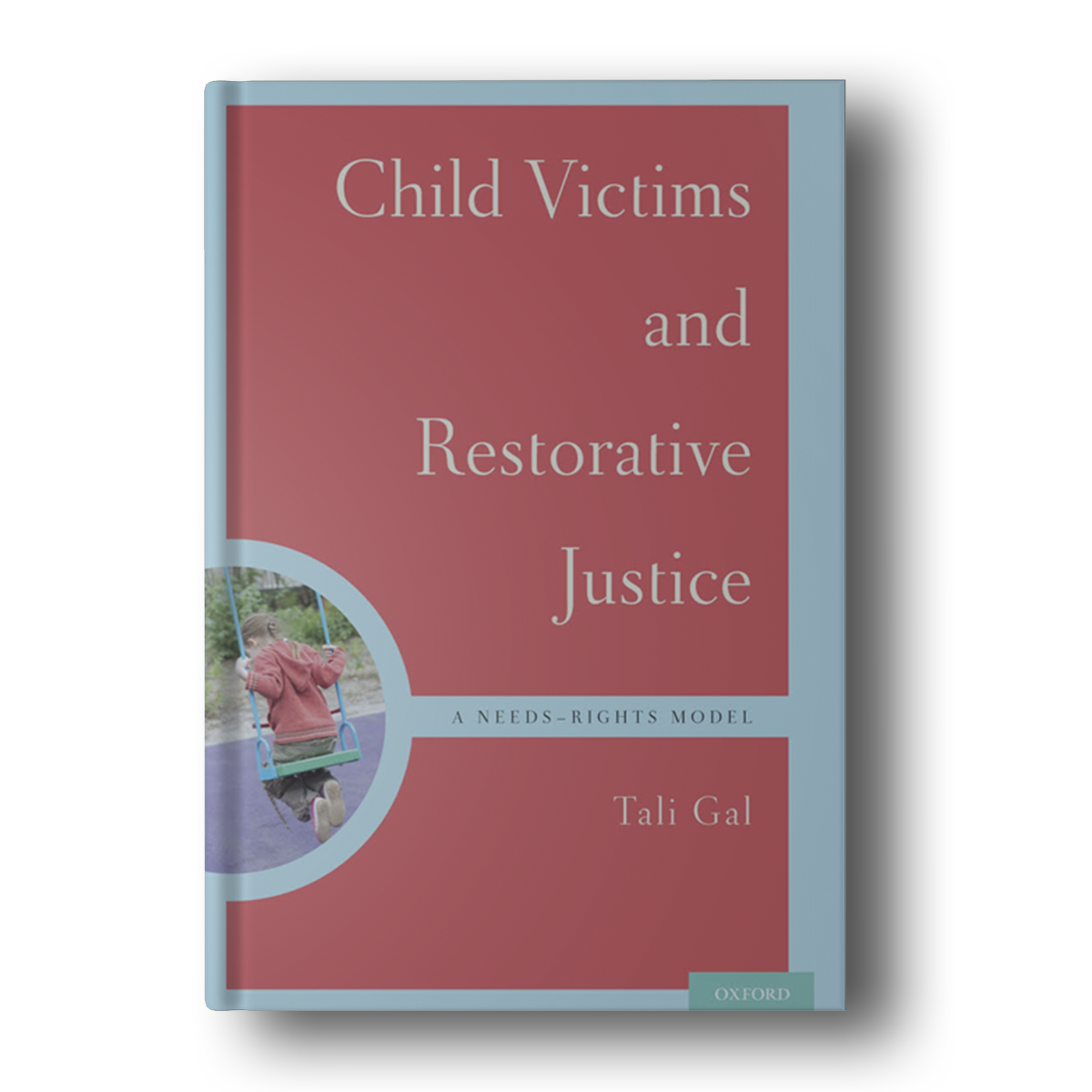
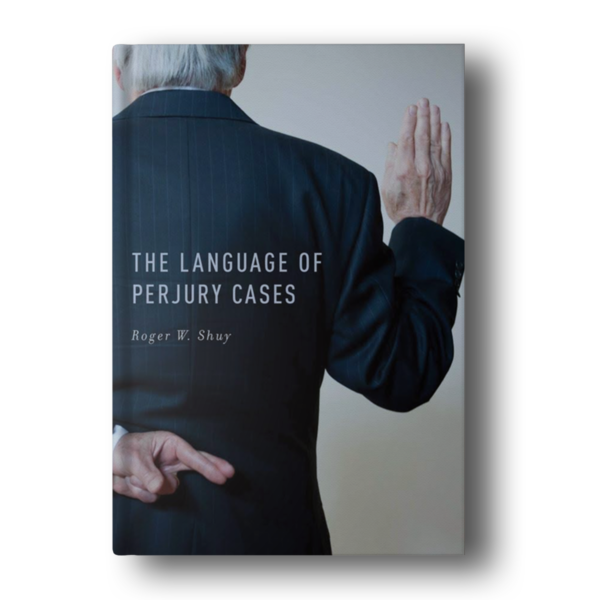


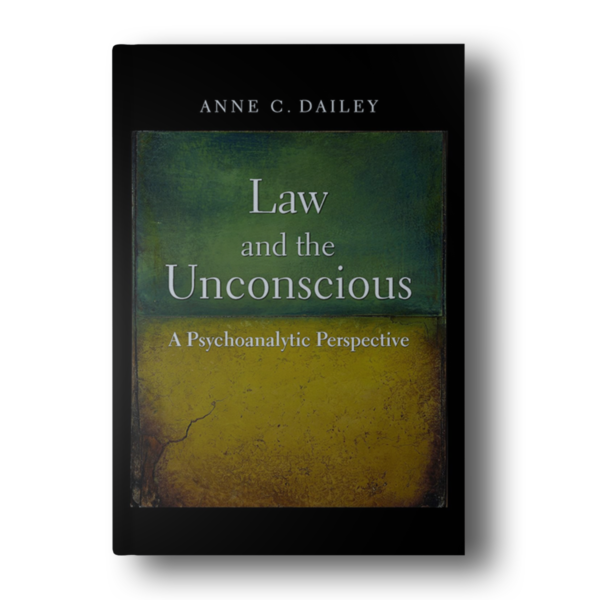


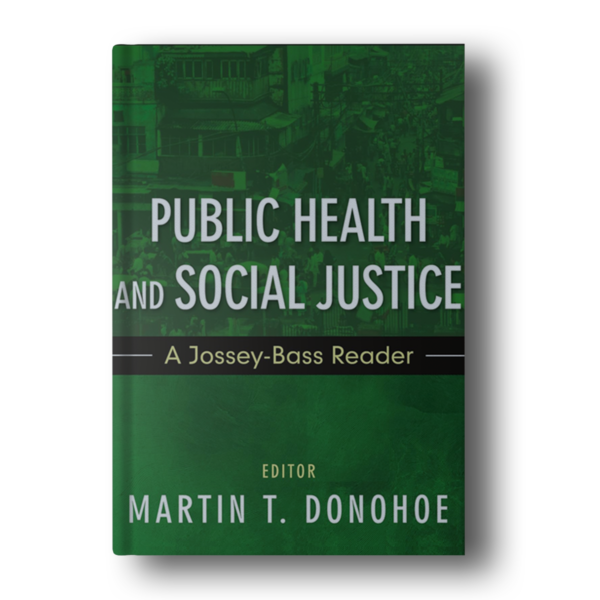


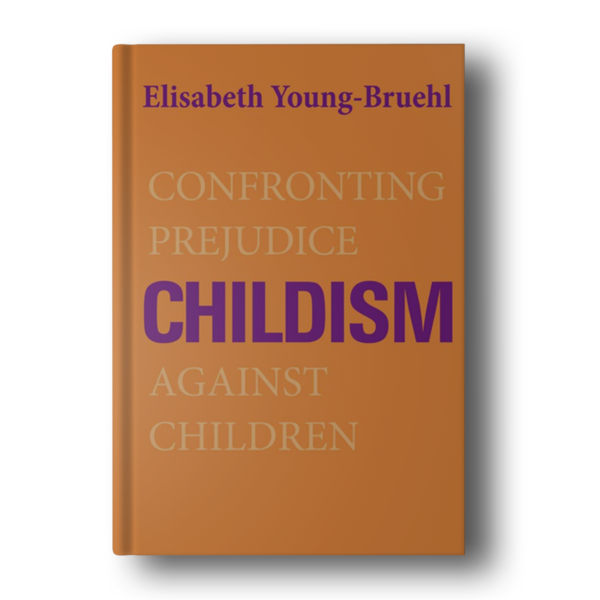
Reviews
There are no reviews yet.